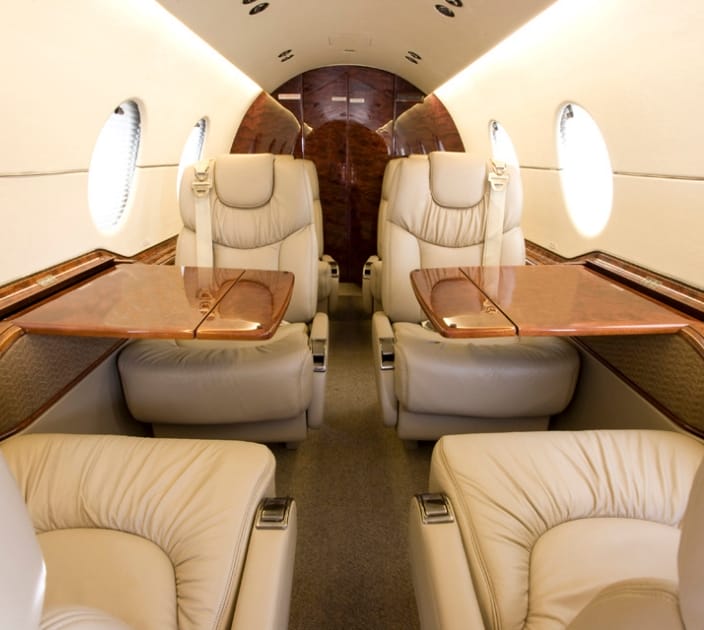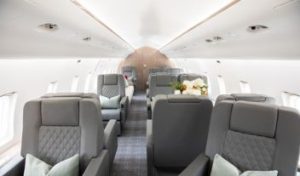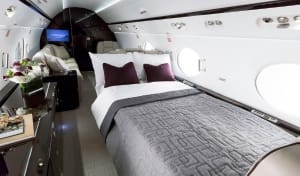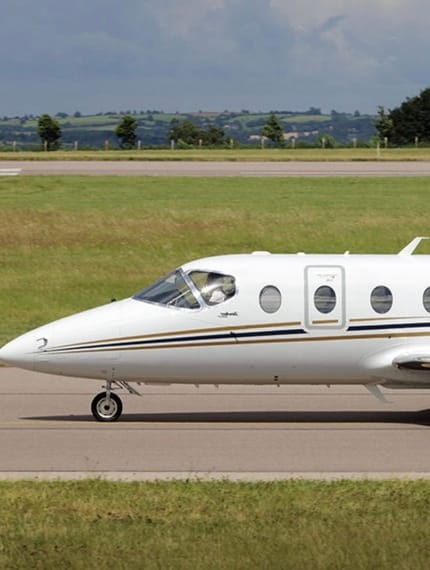Beechjet 400/Hawker 400XP
As a best-selling light jet, the Beechjet 400, (later re-named the Hawker 400XP) is perfect for short- and medium-range missions. With upgraded performance with updates to the engines and avionics, the Hawker 400XP offers unique-to-its-class space, impressive speed, and exceptional handling capabilities.
Aircraft Facts
Max Passengers
7
Max Range
1519 NM
Cabin Width
4'11"
Cabin Height
4'10"
Cabin Length
15'7"
Baggage Volume
56 cu ft
*Specifications and performance details may vary by aircraft model and configuration. For precise information on a specific aircraft, please contact a Magellan Jets Private Aviation Advisor.

Additional Information
READY TO TAKE FLIGHT?
Connect with a Private Aviation Advisor today.


















